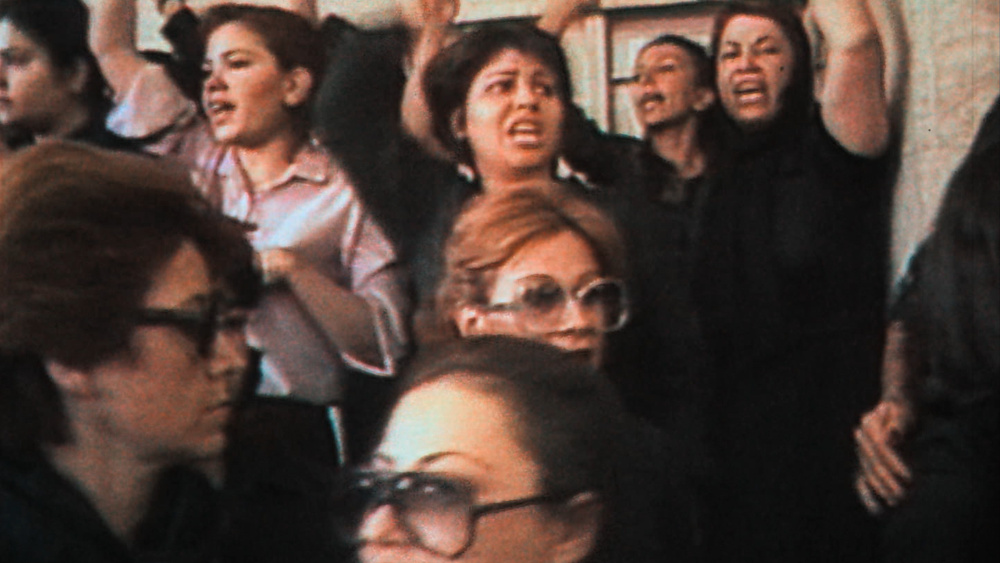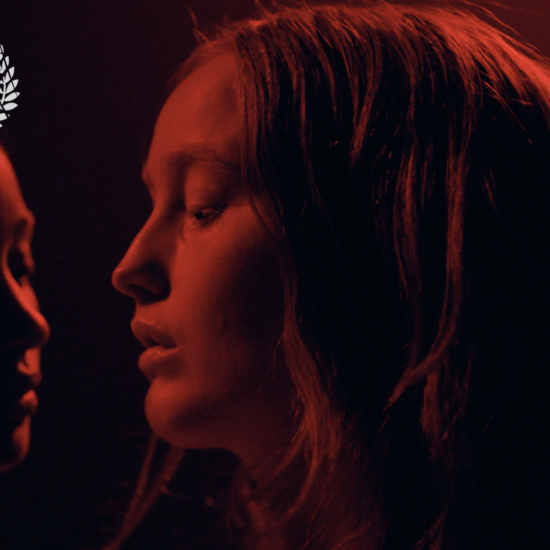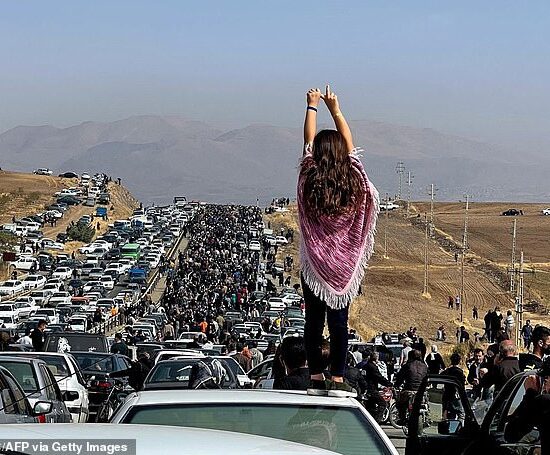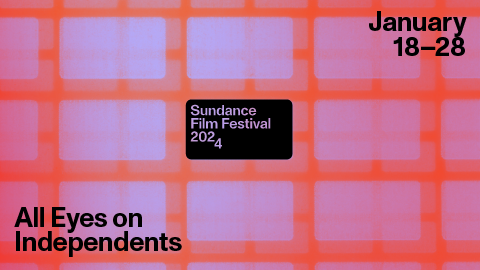
A passionate friendship spanning a turbulent decade marked by two unlikely uprisings forms the emotional heart of “Between Revolutions,” Romanian filmmaker Vlad Petri’s powerful hybrid documentary that plays this week at the Transilvania Film Festival.
Using extensive archival footage, Petri’s sophomore feature depicts the intense bond forged between two young women studying medicine in Bucharest in the 1970s. When political turmoil begins to sweep across Iran, their lives are drawn apart, as the Iranian-born Zahra is forced to return home, leaving her Romanian friend Maria behind.
Over the next decade, the two women maintain their connection through a series of letters, chronicling their struggles as women fighting for a voice while their respective countries move in divergent directions.
Since premiering in the Berlin Film Festival’s Forum strand, where it won the FIPRESCI Award, the film has enjoyed an extended festival run, including stops at CPH:DOX, Zagreb Doc, Krakow and Sydney. After presenting the film to Romanian audiences in Transilvania, Petri will head to the U.K., where “Between Revolutions” will play at Sheffield Doc/Fest. The film is produced by Monica Lăzurean-Gorgan for Manifest Film. CAT&Docs is handling world sales.
“Between Revolutions” was inspired by Petri’s conversations with his own mother, who studied medicine in the Romanian city of Cluj in the 1970s, often with classmates from the Middle East. During the Cold War, Romania forged strategic partnerships with countries that were part of the non-aligned movement, welcoming foreign students in exchange for economic and infrastructure projects that involved workers and engineers from the Eastern European nation.
For Petri, this arrangement revealed an unlikely paradox, as students from the Middle East — barred entry into the U.S. and Western Europe — came to see strongman Nicolae Ceaușescu’s repressive Romania as nevertheless representative of the West. That seeming contradiction struck a chord. “Being an Eastern European, I deal with these questions: where is East, where is West?” he said. “These notions really interest me.”
Petri was born in 1979, the year that Iranians rose up to depose the Shah, and turned 10 when his own countrymen cast out the iron-fisted Ceaușescu — events that he described as “earthquakes” for their respective societies. “They wanted a better life. They wanted another kind of society,” he said. “I was interested to see how their hopes transformed into something else — into disillusion most of the time.”
The narrative arc of “Between Revolutions” unfolds as a series of letters between Maria and Zahra, a fictional reimagining of the friendships Petri’s mother had with many of her former classmates. They were written by Romanian poet and author Lavinia Braniște, drawing on the poetry of two iconic feminist writers of the 20th century, Romania’s Nina Cassian and Iran’s Forugh Farrokhzad.
Their stories were also based on extensive research into the daily lives of people in Romania and Iran during the revolutions, including both public archives and private collections of letters, photographs and other material. Many details were drawn from reports by the Romanian secret police. Most of the images were scanned from 16mm and 35mm film stock and are being seen for the first time.
The arresting footage from that era gives “Between Revolutions” a specific texture, making it an indelible snapshot of a certain time and place. In the wake of the Islamic Revolution, Iran was soon on its way to becoming a conservative, closed-off society, while Romania began opening up to the unfettered, cowboy capitalism of the post-communist era after the fall of Ceaușescu. “You never know what these revolutions will turn into,” Petri said.
“Between Revolutions” uses extensive archival footage, most of it never seen before.
Courtesy of CAT&Docs
The underlying friction that drove both countries to revolt, however, continues to be borne out by current events.
“I think Romania still deals with the past,” said Petri. “But as we get further and further from the revolution, I think everyone sees that as an important moment — it was ‘moment zero’ for opening to a new society, with all the hardships arriving with capitalism.”
In Iran, meanwhile, the hopes of the revolution were quickly dashed, as the Islamic regime’s hard rightward turn gradually closed the country off to the rest of the world. The anger of the Iranian people has time and again flared up, most recently with the ongoing rebellion prompted by the death of 22-year-old Mahsa Amini.
“There were some hopes. There were reformist presidents. But it’s becoming more and more closed, and the conservatives have a lot of power,” said Petri. “I think young people really want something else, and we saw that with the protest last year.”
The past, however, is in constant dialogue with the present, as “Between Revolutions” makes clear. One of the film’s more striking scenes captures a protest of Iranian women after the revolution, as thousands marched through the streets of Tehran, chanting, “Down with conservatives!” Petri recalled recently showing the scene to his Iranian collaborators and friends.
“That piece, for them, looks so contemporary,” he said. “They say, ‘We cannot believe this was in ’79. It’s really what is going on today.’”














